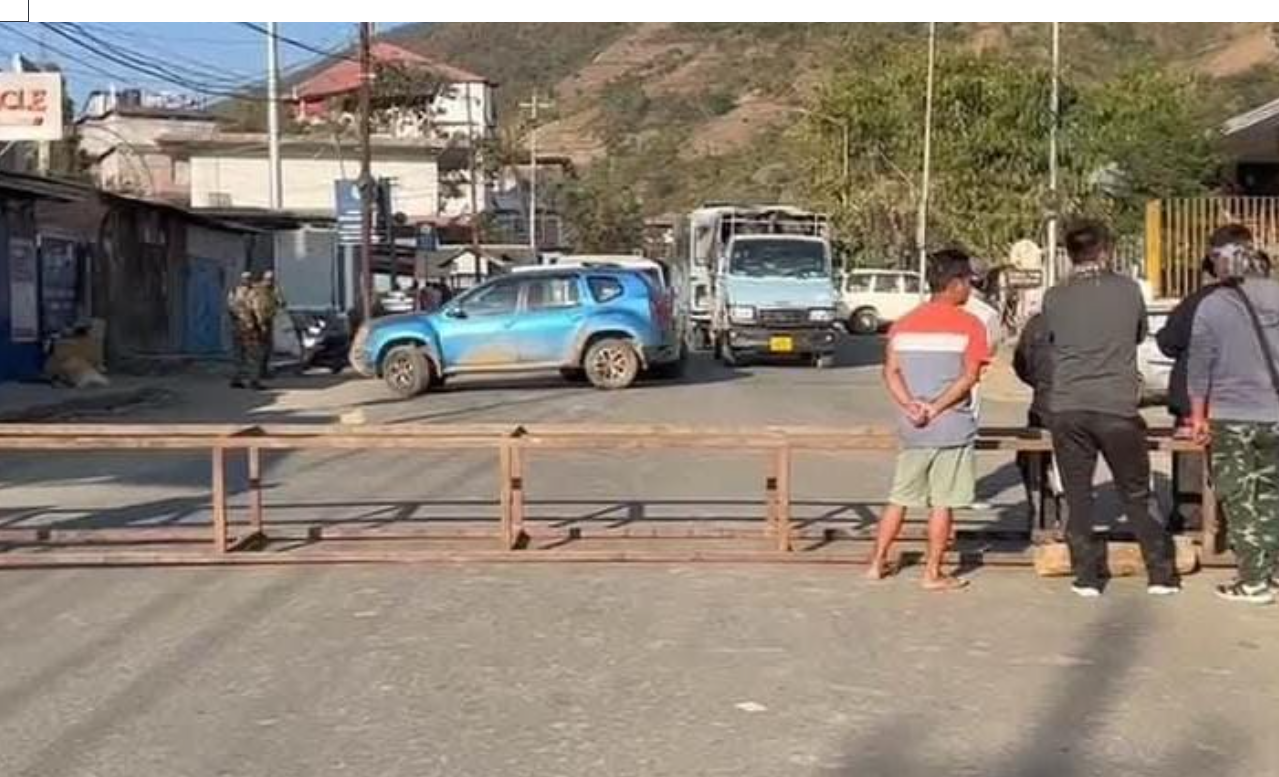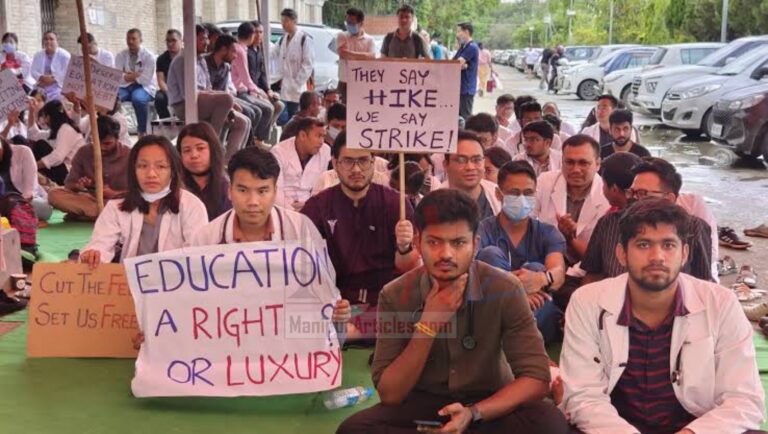Manipur: Kangpokpi District Shuts Down as Protests Over Security Force Deployment Intensify
Summary of the News
Kangpokpi district in Manipur is witnessing an intense wave of protests after the deployment of Central Armed Police Forces (CAPF) in the Saibol Bungpi region. Organized by the Committee on Tribal Unity (CoTU), a total shutdown has brought life in the district to a halt. The local community, fearing potential disruption of their autonomy and livelihoods, is demanding the immediate withdrawal of security forces. Despite attempts at negotiations, no agreement has been reached, further deepening the unrest.
Manipur Protests: Unpacking the Shutdown in Kangpokpi District
Why Kangpokpi is in the Spotlight
Manipur, a state known for its rich culture and diverse ethnic communities, is no stranger to unrest. The latest conflict in Kangpokpi district highlights deep-rooted concerns about security, autonomy, and identity. So, what’s going on? Residents of Kangpokpi are locking horns with authorities over the recent deployment of CAPF in the Saibol Bungpi region under Lhungtin Sub-Division. This move, according to the locals, feels more like an intrusion than a protective measure.
The Role of the Committee on Tribal Unity (CoTU)
At the heart of this protest is CoTU, a tribal organization fiercely advocating for the rights of Kangpokpi’s residents. Think of CoTU as the voice of the community, standing against decisions that could disrupt their way of life. Their main demand? The immediate withdrawal of security forces from the region. It’s not just about the presence of the CAPF—it’s about what that presence symbolizes: a perceived lack of trust and disregard for the local community’s autonomy.
What Triggered the Shutdown?
It’s one thing to feel unheard; it’s another to have your home turned into a high-security zone. The tipping point came when negotiations between CoTU representatives and the district’s Superintendent of Police failed. Instead of reaching a middle ground, the talks only widened the gap between the two sides. CoTU then announced a 24-hour total shutdown, which has since been extended indefinitely.
The results? A district brought to a standstill. Schools, markets, and offices are closed. Roads are deserted except for the heavy presence of security personnel. This isn’t just a protest; it’s a community’s way of saying, “Listen to us.”
The Historical Context: Why This Matters So Much
Manipur’s history is a mosaic of ethnic identities, each fiercely proud of its roots. Over the years, issues like land rights, resource sharing, and cultural preservation have been flashpoints. Deploying security forces in such a sensitive area isn’t just about safety—it’s about understanding the underlying fears of the local people.
For the residents of Kangpokpi, this isn’t just about today. It’s about the potential erosion of their culture and traditions. They’ve seen it happen elsewhere and refuse to let it happen in their homeland.
How the Shutdown is Affecting Daily Life
Picture this: You wake up to find your town completely shut down. No public transport. No schools. Even the little tea shop down the road has its shutters closed. That’s the reality for Kangpokpi right now.
Families are struggling to access essential goods. Students are missing classes. Traders and small business owners are losing their daily income. It’s a ripple effect, with the shutdown touching every aspect of life.
What the Government is Saying
Authorities argue that the deployment of CAPF is purely for maintaining law and order. They cite the need to prevent ethnic clashes and protect vulnerable areas. On paper, it sounds logical, right? But here’s the catch—there’s little to no dialogue with the people affected. This lack of communication only fuels mistrust.
The Community’s Side of the Story
For the people of Kangpokpi, the CAPF’s presence feels like a bandage on a wound that needs surgery. They’re not against security; they’re against the manner in which it’s being enforced. It’s about inclusion—why weren’t they consulted? Why weren’t their voices heard before such a major decision was made?
The Role of Media and Public Perception
The protests in Kangpokpi are making headlines across India. While some media outlets emphasize the need for law and order, others highlight the community’s plight. Public opinion is, unsurprisingly, divided. Some see the protests as an overreaction, while others applaud the residents for standing up for their rights.
What Needs to Happen Next
Let’s face it: this standoff can’t go on forever. For peace to prevail, both sides need to come to the table. Here’s what could help:
- Meaningful Dialogue: The government and CoTU need to sit down and have an honest conversation. No bureaucratic jargon—just real talk.
- Community Involvement: Decisions affecting Kangpokpi should include input from its residents. It’s their home, after all.
- Alternative Solutions: Security doesn’t have to mean boots on the ground. Could technology or community policing be alternatives?
The Bigger Picture
The situation in Kangpokpi isn’t just a local issue; it’s a reflection of the broader challenges in balancing security and autonomy. It’s a reminder that every policy decision has a human face—a family, a community, a culture.
FAQs
- What led to the protests in Kangpokpi?
- The deployment of Central Armed Police Forces in the Saibol Bungpi region sparked fears among locals about potential disruptions to their autonomy and culture.
- What is CoTU, and what role are they playing?
- CoTU, or the Committee on Tribal Unity, is leading the protests, advocating for the withdrawal of security forces from Kangpokpi.
- How is the shutdown impacting residents?
- The shutdown has halted transportation, closed schools and businesses, and disrupted daily life for Kangpokpi’s residents.
- What are the government’s reasons for deploying CAPF?
- The government claims the deployment is necessary to maintain law and order and prevent ethnic clashes in sensitive areas.
- Is there a resolution in sight?
- While no agreement has been reached yet, meaningful dialogue and community involvement could pave the way for a peaceful resolution.




